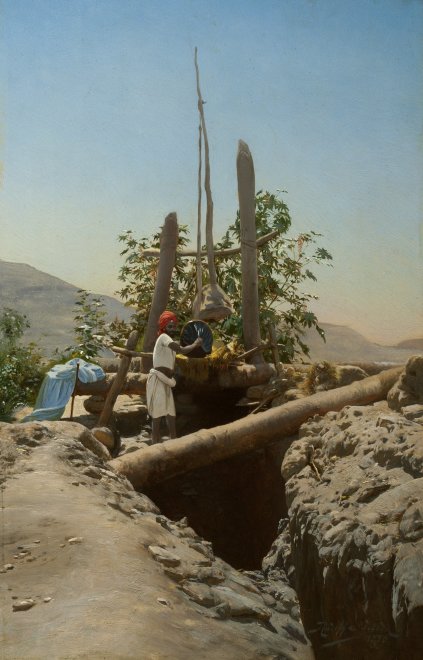Provenance
Private collection, Europe
Rudolf Swoboda was born in Vienna in 1859. The artist’s taste for Orientalist
art derived from his uncle, the painter Carl Leopold Müller, with whom he
studied from 1878 to 1884, and whom he visited in Egypt in 1879. This marked
the first of six visits made by the artist to Egypt between 1880 and 1891. In
addition, as a court painter to Queen Victoria for whom he worked from 1885 to
1892, Swoboda travelled in 1886 to India, passing through Afghanistan and
Kashmir on his way. The Queen commissioned him to paint a series of portraits
of Indian people and other British colonial subjects for the Colonial and Indian
Exhibition of 1886. He later travelled to the Indian sub-continent at Queen
Victoria’s request to produce images of the local population. Among his
subjects were Muslims, Sikhs and Hindus with occupations ranging from
military officers to snake charmers and jugglers. Swoboda’s portraits describe
the diversity of Indian society in finely observed detail. Swoboda died in 1914.
Unlike Gérôme, who painted the Orient as much to indulge the imagination of a
Western audience as to reflect a social reality, Swoboda’s paintings are
grounded much more in the day-to-day existence of the people he observed on
his travels.
The present work depicts an Indian man drawing water for an irrigation system.
It is an excellent example of Swoboda’s work as it takes in a wealth of detail
that is both precisely rendered, but painterly enough to convey a strong sense of
plasticity and texture.
